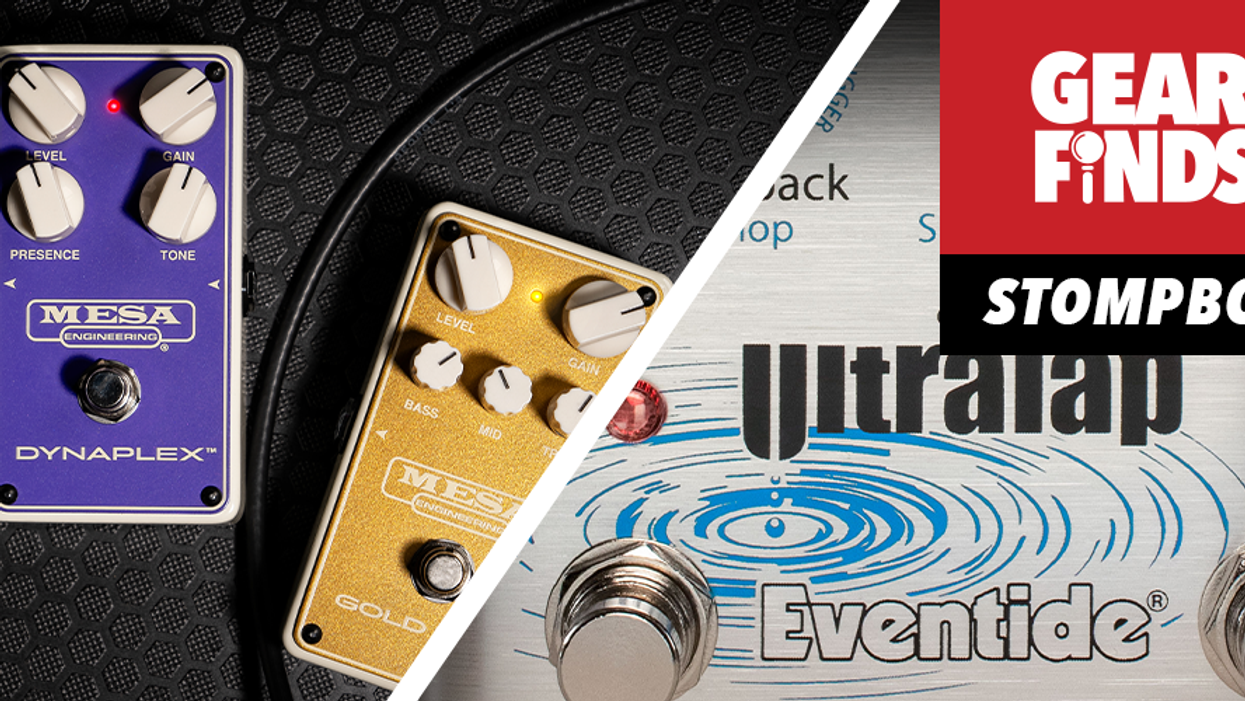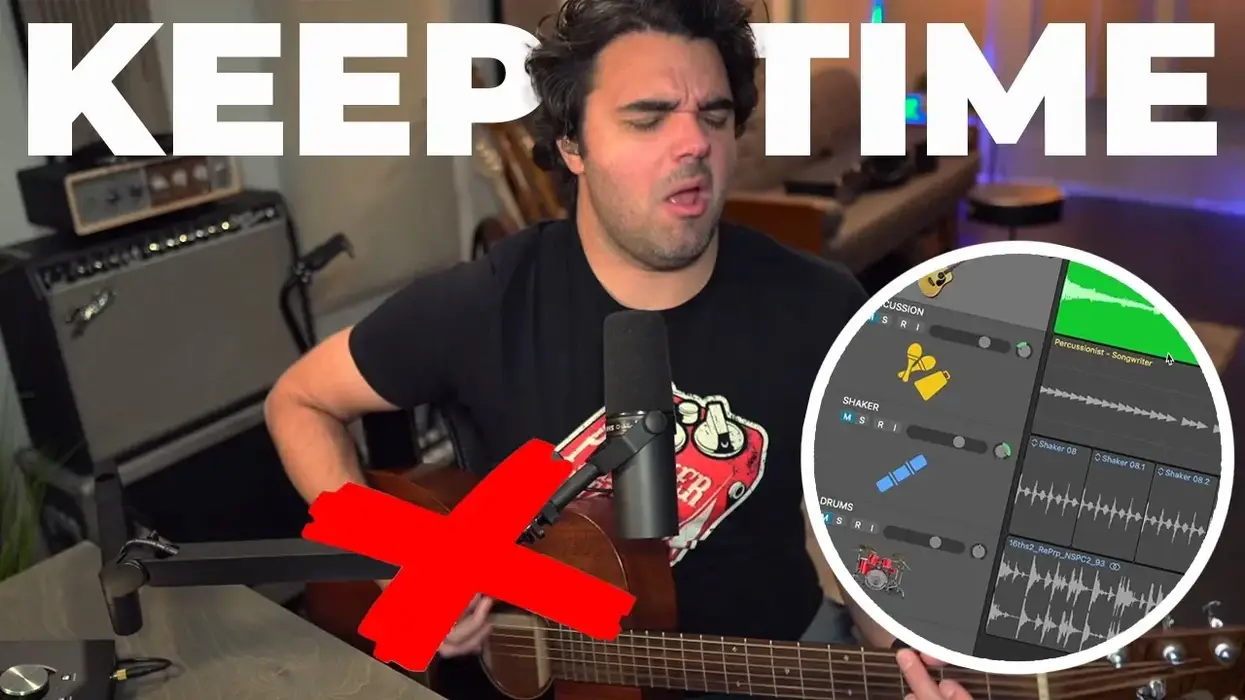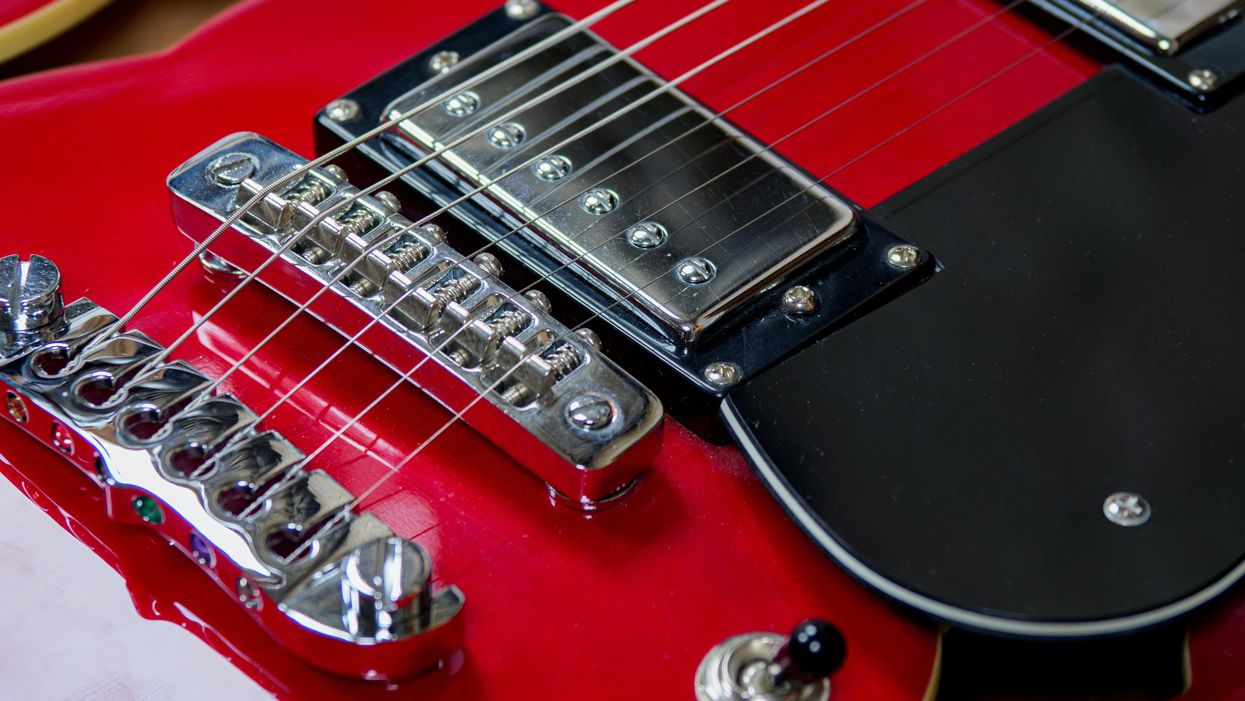Theory: Intermediate
Lesson Overview:
• Understand how to craft rhythm parts using simple triad shapes.
• Create authentic-sounding soul guitar riffs.
• Learn about some of the most recorded rhythm sections of the 1960s. Click here to download a printable PDF of this lesson's notation.
First, an apology. As with any genre-centric lesson, this study of soul guitar (and bass) of the 1960s will regrettably exclude more than it includes. Nevertheless, by concentrating on a few key players—in this case the studio stalwarts at Stax, the Muscle Shoals rhythm section, and Motown’s “Funk Brothers”—we’ll see how these innovators influenced countless other musicians and defined the sound of soul music.
Even with a narrowed focus, it’s still difficult to know where to begin with soul music, so why don’t we first jump in on some music theory, patterns, and basic fretboard shapes and fingerings that come up time and time again.
Below are the main shapes you’re going to want to get under your fingers, which are the various triad inversions (shown here in the key of G) that occur on the guitar’s top three strings. Ex. 1 shows a sequence of diatonic triads with their roots on the 1st string. The triads in Ex. 2 have their roots on the 2nd string, and the roots are on the third string in Ex. 3.
Practically every example in this lesson will use some variation of these shapes, so practice them both the way they are shown here, as well as one chord at a time in different inversions on different frets (Ex. 4). Also, don’t forget the horn keys like F and Bb!
The Soul Men of Stax
Also known as “Soulsville U.S.A.,” Stax Records, in Memphis, Tennessee, is responsible for dozens of soul hits, including Wilson Pickett’s “In the Midnight Hour” and Otis Redding’s “(Sittin’ On) The Dock of the Bay,” as well as hundreds of deep cuts. And it was primarily the label’s house band, which was also known as Booker T. and the M.G.’s, that recorded most of these classic tracks. Our journey will begin with two of the M.G.’s—guitarist Steve Cropper and bassist Donald “Duck” Dunn.
An etude in the style of the Sam and Dave song “Soul Man,” the intro to Ex. 5 begins with a variation of our triad shapes, where we drop the middle note and end up with a sweet sounding sixth. The term “sixth” comes from the fact that the two remaining notes are six scale degrees apart from each other. These sixth intervals appear time and again in Stax’s (and other soul) recordings.
Interestingly, the next sixth shape (measure 3) appears to conform to an Am triad, but the bass is playing a F note, thus making the overall tonality that of F major. This is because a two-note guitar lick can be harmonized in several different ways, depending on what notes the bass plays, and this would be less likely if we played the full triad. To get that authentic, bluesy Stax sound, it’s crucial to slide into all of these shapes.
After the intro, the guitar in Ex. 5 performs an energetic rhythmic groove using just the G and Am triads from the Ex. 1. And pay attention to the rhythmic “chokes,” notated with an X, that are essential to the overall, driving intensity.
The bass in Ex. 5 kicks off the intro with a pickup phrase more akin to the horns than the bass in “Soul Man” (there is actually no bass in the intro of that song). Nevertheless, it works well for our purpose. After the intro, the bass in the verse gets busy playing a rhythm that’s very similar to the original “Soul Man.”
Click here for Ex. 5
Respect Those Double-Stops!
Another signature sound is the hammered-on double-stop (also called a dyad), which once again is derived from our basic triad shapes. In Ex. 6, the bass reharmonizes our shapes as D, C, Bm, and Am, but in the verse, they are simply G to C.
Regarding the rhythm, be sure to play the verse with a short, sharp, staccato attack—this is quintessential Steve Cropper. You’ll hear these licks on a myriad of Stax recordings (not to mention Jimi Hendrix records—just check out the solo on “The Wind Cries Mary”).
The bass plays it relatively straight in the intro but then switches to a classic triad-arpeggio line, in which the bass outlines the notes of both G and C triads. This phrase is very similar to the line that Dunn played on Otis’ version of “Respect” and that George Harrison borrowed for the Beatles’ “Drive My Car.” (It’s true, look it up!)
Click here for Ex. 6
The Muscle Shoals Rhythm Section
When talking about the Muscle Shoals rhythm section, it is at times difficult to know exactly who is playing what on any given track. Although guitar and bass duties were most commonly assigned to Jimmy Johnson and David Hood respectively, musicians Chips Moman and Tommy Cogbill also contributed to many of the landmark recordings of Wilson Pickett, Aretha Franklin, and Etta James. (And though not an official member of the Muscles Shoals Rhythm Section, Duane Allman also played guitar on several recordings by the aforementioned vocalists.)
Land of a Thousand Sixths
Ex. 7 is an etude based on Wilson Pickett’s recording of “Land of a Thousand Dances,” and here come those sixths again! This part might seem simple enough, as the guitar is only sliding one shape back and forth between the 5th and 3rd frets, but pay close attention: Every measure has a different rhythm. These slight rhythmic variations, which you can mix up throughout, keep the song from getting too repetitive. The bass plays a funky chromatic line, culminating with a distinctive, highly syncopated, James Brown-esque turnaround.
Click here for Ex. 7
Soul Serenade
Ex. 8 is a 12/8 shuffle based on Aretha Franklin’s recording of “Soul Serenade,” with the added third dimension of horns, or in this case, horn parts played on guitar. Horns are so essential to the sound of soul music that arguably this entire lesson could have been based on horns, rather than guitar. And since I’ve brought it up, we might as well discuss this horn part first. What we have are three simple shapes all played on downbeats, filling in the gaps left by the sparseness of the guitar. This is key to soul-style arrangements—a place for everything and everything in its place.
With the horns accounted for, we can see that the guitar in Ex. 8 is back to our triads, ending with sliding fourths, which also come from the triad shapes. The bass is the most essential part of this song. Even though the chord progression is merely Bb to Eb, the bass manages to fill out the sound by arpeggiating through the chords while adding some extra scale degrees.
Click here for Ex. 8
Motown
Finally, no soul guitar lesson would be complete without a look at the Funk Brothers, the musicians who recorded most of the music for Motown in the 1960s. By far the most famous Funk Brother is bassist James Jamerson, and I highly recommend you check out the book Standing in the Shadows of Motown: The Life and Music of Legendary Bassist James Jamerson for a detailed history of Jamerson and his most celebrated bass lines. In the meantime, we’ll look at some etudes in the Jamerson style, as well as his guitarist cohorts.
I Second That Guitar Lick
Somehow James Jamerson had a knack for playing a lot of notes without ever getting in the way of the guitars, horns, or vocals. One detail that might account for this is Jamerson’s tone, which, even for a bass, is quite dark. We feel Jamerson’s bass as much as we hear it. This emphasis of low frequency EQ is something to keep in mind when emulating Motown recordings, as in Ex. 9, which demonstrates a characteristically lively Jamerson line, à la Smokey Robinson and the Miracles’ “I Second That Emotion.” What is most unusual about this example is the fact that the guitar part, in the style of Marv Tarplin, is also quite busy. Normally, the busier the bass, the sparser the guitar, but not this time. Once again, triads, thirds, slides, and hammer-ons all play a major role, but we also see a sly single-note phrase that differentiates Tarplin’s playing from many of his contemporaries. Tarplin plays other single-note phrases, some of which sound like fingerpicking or hybrid picking. To see what I mean, check out “Tracks of My Tears” and “My Girl Has Gone.”
Click here for Ex. 9
Hanging on (One Note)
Ex. 10 provides us with another Jamerson-esque bass line, as well as a crucial Motown guitar technique: octaves. The guitar is in the style of the Supremes’ “You Keep Me Hanging on” (featuring Jamerson on bass and Robert White on guitar), and plays a relatively complex, staccato, Morse-code pattern, on octave D pitches throughout. Meanwhile, the bass outlines a variety of different root and 5 chord tones, with a few passing tones for color, that complement the static D pitches in the guitar.
Click here for Ex. 10
Ball of Confusion
It’s worth mentioning that it’s very easy to confuse the musicians from, and songs recorded by, Stax, the Muscle Shoals rhythm section, and Motown. Many vocal artists from the time, such as Wilson Pickett, the Staple Singers, and William Bell, recorded at Stax and in Muscles Shoals and had records coming out under the Stax/Volt imprint and/or Atlantic Records, as well as other smaller labels. Motown adds to the confusion as they had several subsidiary labels such as Tamla, Gordy, and even one called Soul—that complicate the history of soul in the 1960s.
Perhaps the best example regarding the confusion of “who played what?” is the song “Respect,” which was written and first recorded by Otis Redding at Stax, in 1965. Two years later Aretha Franklin recorded what many consider to be the definitive version of “Respect” at Atlantic studios in New York City, using members of the Muscle Shoals rhythm section and her touring guitarist, the legendary Cornell Dupree, for that track. And one year later Motown released The Original Soundtrack From TCB by Diana Ross and the Supremes with the Temptations, featuring a third version of “Respect.” Yes indeed, one can be forgiven for getting tangled up in this ball of confusion.
Ain’t No Lesson Long Enough
Paradoxically, this lesson is far too short ... but arguably all you need. If you’ve gotten this far, you’ve seen that much of the signature sound of soul is built from a few basic ideas, which get mutated and ornamented. Use these examples, particularly Ex. 1-4, as starting points, and then go listen to the original recordings of the songs mentioned throughout this lesson. And remember, as much as the notation, theory, and analysis can help you get started, soul music is really just that—music from the soul—and tablature and words found on the internet barely qualify as either.









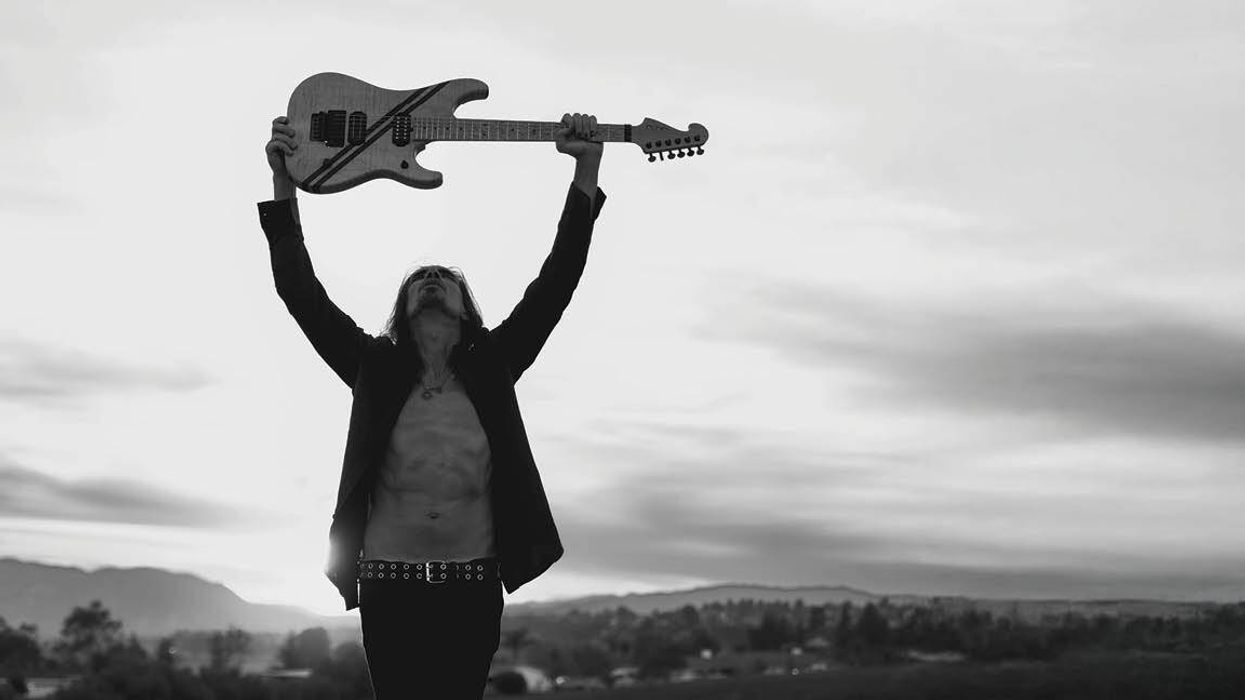
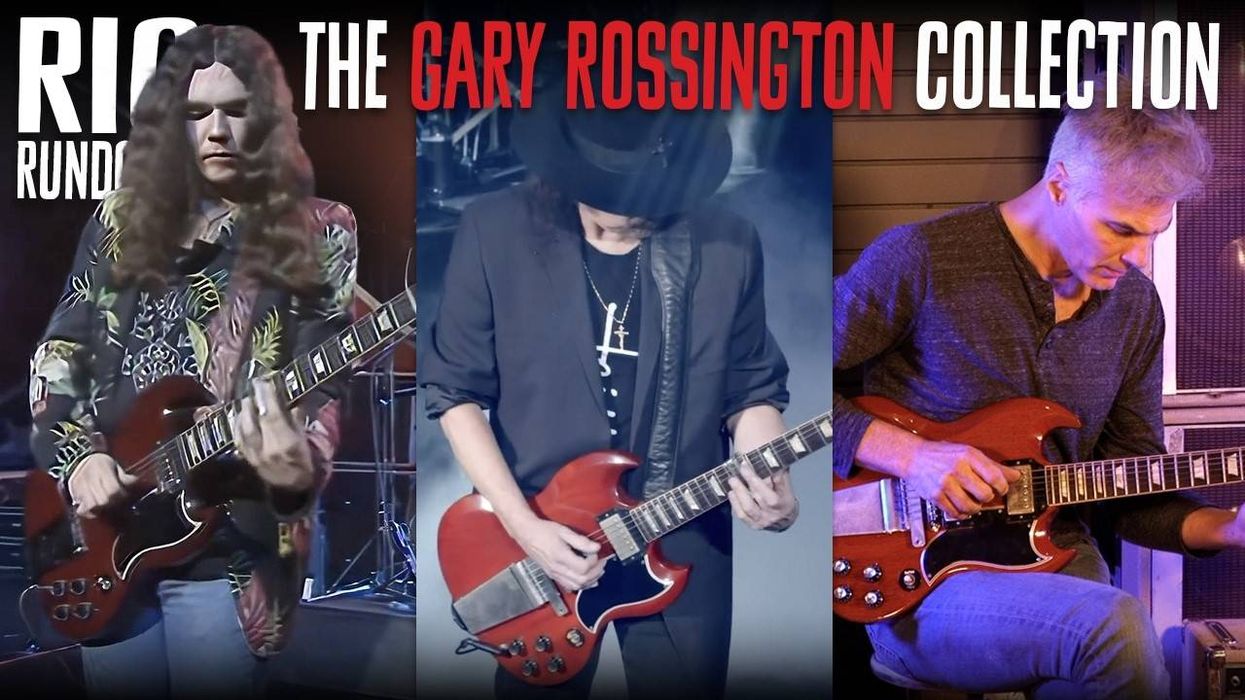

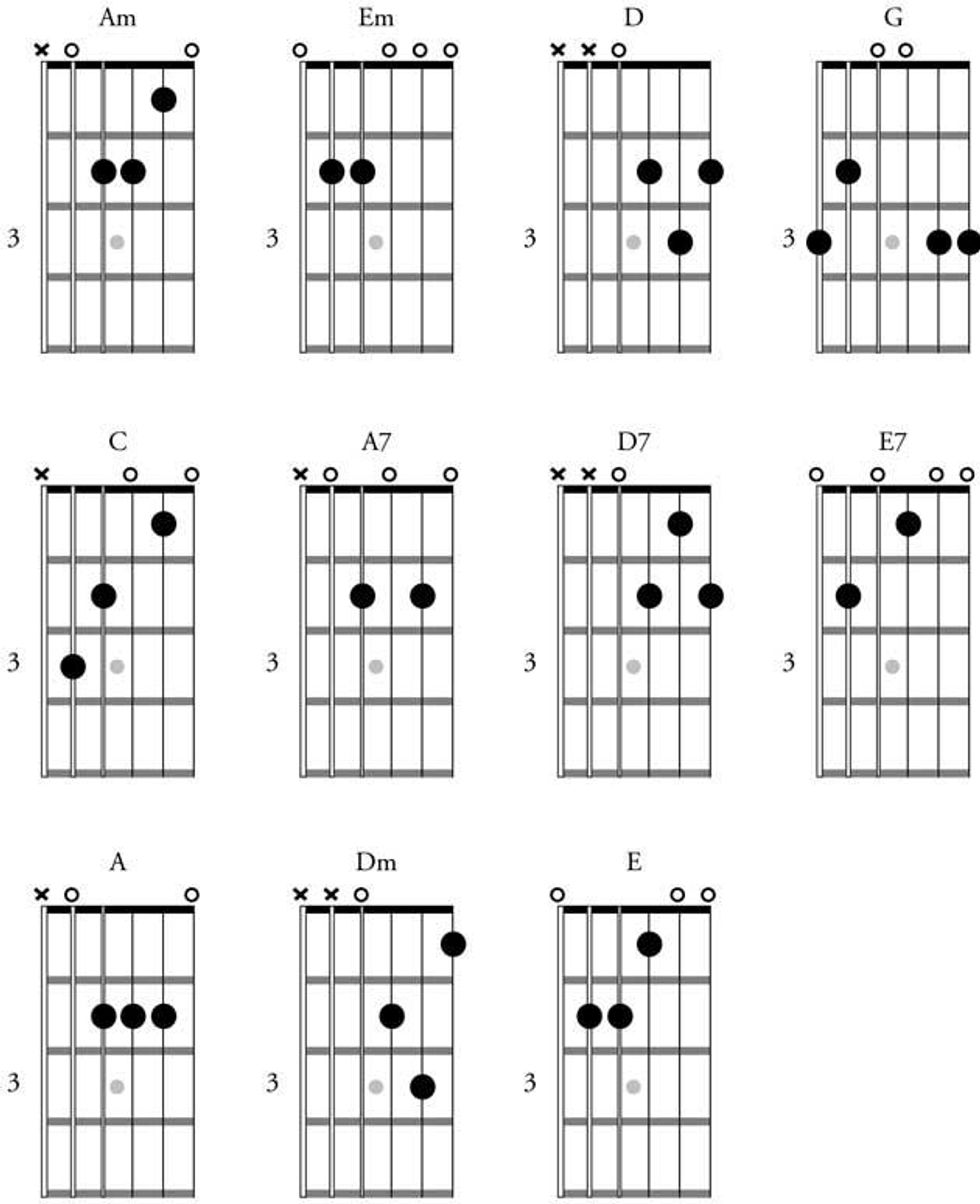
![Rig Rundown: Russian Circles’ Mike Sullivan [2025]](https://www.premierguitar.com/media-library/youtube.jpg?id=62303631&width=1245&height=700&quality=70&coordinates=0%2C0%2C0%2C0)




